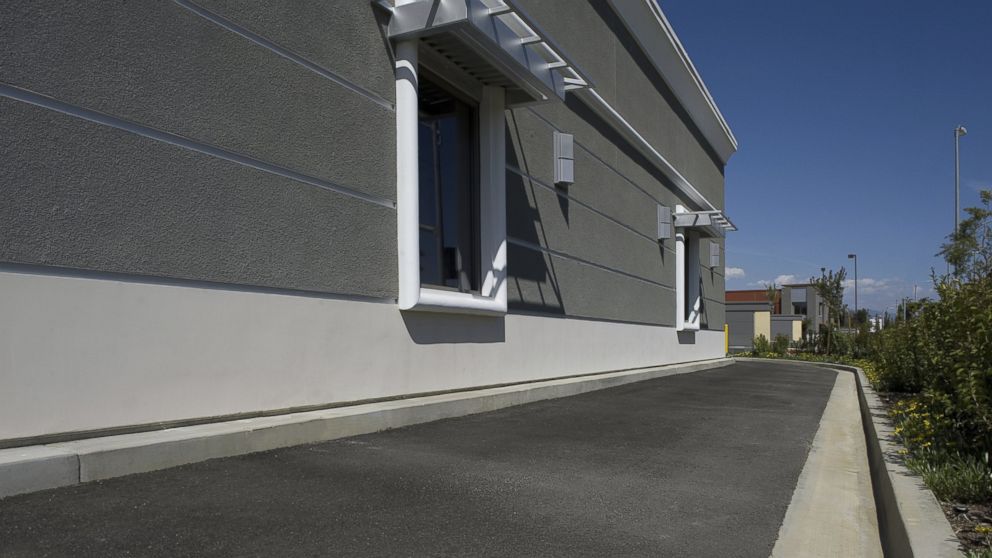Why It's Taking Longer to Get Your Food at the Drive-Thru
An annual study shows that fast food got a bit slower, but that's not all bad.

— -- It might take a little longer than last year to get your Doritos Locos Taco or Whopper fix, but that's not necessarily a bad thing.
It takes an average 203.29 seconds for service at 2,188 restaurants belonging to 23 fast food brands, according to QSR Magazine. The trade publication for the quick-service restaurant industry recently released its annual "Drive-Thru Performance" study, using a different methodology from last year's study that showed seven benchmark brands averaged 180.83 seconds.
Though the two studies, compiled by a third-party auditor, aren't directly comparable, the overall trend is "slower" fast food, Sam Oches, editor of QSR, told ABC News.
"It is fair to say when you look at [the] two studies things are slowing down, but the important takeaway is not 'Woe are we for taking more time to go through the drive-through,'" he said.
Drive-thrus, as opposed to counter service, account for about 60 to 70 percent of fast food business across the board, Oches said.
The quick-service restaurant industry is trying to meet demand for healthier and more complex items, hence the longer service times, Oches said.
"The fast food operators want the drive-thru to be an accurate, enjoyable, fresh-quality experience, and they are willing to sacrifice a few seconds," Oches said. "It is a good thing they are slowing down, because now consumers will trust they have a better experience overall."
One of the drivers of this slow trend is actually a restaurant that doesn't offer drive-thru service.
"Chipotle is responsible for a lot of where the fast food industry is today," Oches said. "Chipotle has left its fingerprints all over the dining public. Basically now the American public, especially Millennials, expect a higher quality product and a higher quality experience like the one Chipotle offers."
Coincidentally, Chipotle today announced a partnership with Slow Food USA to create 100 school gardens in 10 metropolitan areas across the country. The purpose? To "cultivate a generation of kids who care more about where food comes from and how it is prepared."
The most surprising finding of this year's study, Oches said, was that afternoon snack service was the fastest, followed by breakfast. Though those meal orders may be less complex, those periods were also among the busiest.
"Afternoon snacks in the last couple of years has been a consumer trend that restaurants have kept their eye on. Afternoon is the time of day Americans are leaving the office to grab some food," he said.




